The numbers of birds in the U.S. has declined by fifty percent since 1966! This is not an informal assessment by longtime birders; it is backed up by data from Federal Breeding Bird Surveys, Christmas Bird Counts and other scientific data. Unfortunately, well-studied birds are not the only organisms declining rapidly. In the past few years multiple reports have documented that insects — the most abundant of all animals — have also suffered massive population declines, as much as 45 per cent in the past four decades alone.
These two declines are related. Birds and insects live together in the same areas and are subject to the same environmental disturbances — habitat destruction, invasive species and climate change to name three. Also, insects are a major food source for birds; fewer bugs means less food for birds, leading to lower reproduction, lower survival and lower populations.
But insects maintain our environment. They help convert dead plants and animals into soil; they pollinate many of our important food crops, especially fruits and vegetables; they help control many insect pests; and they are a source of ancient and modern medicines.
Fortunately there are actions we can take to prevent further declines. We might treat the natural environment like the important resource it is rather than like a convenient wasteland. We might convert some of our lawns — they are sterile deserts — into valuable habitat by planting native species that insects need to survive. Insects will thrive if we give them a chance.
Our winter resident waterfowl continue to arrive. Matt Pelikan spotted a male Barrow’s goldeneye at the drawbridge on Nov. 24; it may be the same bird that wintered there last year. It was with a common goldeneye, the first of which arrived a week or two ago.
Matt Pelikan saw a northern pintail — a first for the season — at Mink Meadows on Nov. 24. A pied-billed grebe was also on the same pond. And on Nov. 26 Allan Keith found another pied-billed grebe at Squibnocket.
An unusually large flock of 204 Bonaparte’s gulls in Vineyard Haven outer harbor was observed by Matt Pelikan. A new gull sighting for the year is a glaucous gull, seen by Bob Shriber on Nov. 25 at Dogfish Bar. It is a large white-winged gull that does not have black wingtips as do most other gulls.
The other white-winged gull that we can see here is the Iceland gull, which is slightly smaller. We have not seen an Iceland gull since last spring, although they have been spotted recently in Falmouth.
On Nov. 22 Shea Fee found large numbers of winter-resident sea birds from Cape Pogue: 570 common eiders, 100 white-winged scoters, two long-tailed ducks, 69 red-breasted mergansers, 6 horned grebes, 175 Bonaparte’s gulls, 3 lesser black-backed gulls, 14 red-throated loon, 21 common loons and 30 northern gannets.
Two American bitterns were seen by Tara Whiting-Wells and Anne Whiting at Black Point Pond on Nov. 27. This species is very secretive and can easily hide among marsh grasses, but these two flew over their heads.
There have been several sightings of the American coots that are still hanging out at Crystal Lake. A high count of three coots was made by Charles Morano on Nov. 27 while Matt Pelikan found two there on Nov. 24. Lanny McDowell also found two there on Nov. 27. Connie Alexander saw one there on Nov. 27.
Lanny McDowell encountered a flock of about 35 snow buntings between the outlet of Sheriff’s Meadow Pond, Little Beach and the Fuller Street Beach in Edgartown. Tara Whiting-Wells and Anne Whiting found a flock of seven snow buntings at Black Point Pond on Nov. 27. On Nov. 22 Shea Fee spotted a flock of 50 snow buntings and seven horned larks on Cape Pogue.
On Nov. 27 Richard Price found a winter plumage Baltimore oriole in an unusual location in the beach grass on State Beach near the Big Bridge. Not its usual habitat by any means; what was it doing there? Anne Whiting observed one the previous day in a more typical late fall location: her suet feeders on East Chop.
In November, winter resident great blue herons became more abundant than the summer resident great egrets. There have been six great egret sightings in November: Bob Shriber spotted a flock of eight in the West Basin salt marsh on Nov. 1; Jim Suozzo found one at Nashaquitsa Pond on Nov. 2; I saw one in the west arm of Lagoon Pond on Nov. 6; Luanne Johnson observed one at Cove Meadow Preserve on Nov. 13; Matt Pelikan spotted one in Vineyard Haven harbor on Nov. 24; Jeff Bernier found one at Sheriff’s Meadow Sanctuary on Nov. 25; and Allan Keith was surprised to find two at Lobsterville on Nov. 29.
Great blue herons were seen much more frequently. Jim Suozzo saw three at Nashaquitsa Pond on Nov. 2; Matt Pelikan found one at Long Point on Nov. 3; Nancy Nordin observed seven at upper Lagoon Pond on Nov. 6; and Richard Price saw one at Norton Point on Nov. 7. On Nov. 9 Matt Born found one at Clay Pit Road Pond and Charles Morano reported one at Chilmark Pond. On Nov. 12 I saw one at Menemsha Beach; Silas Beers found one at Felix Neck; and Shea Fee observed one at the Mattakesett boat ramp.
Susan Whiting found a great blue heron at Old Fields Path on Nov. 13. On Nov. 14 Matt Born reported two at Squibnocket Beach and Bob Shriber and Susan Whiting observed two at Squibnocket Farm. The next day Richard Price saw one at Felix Neck. On Nov. 19 Al Gatti found one at Sepiessa Point; the Martha’s Vineyard Bird Club observed one at Long Point; and Matt Pelikan reported three at State Beach.
Nancy Nordin had a flock of six great blue herons at upper Lagoon Pond on Nov. 20. Matt Pelikan saw two on Nov. 24. During my bird walk for Felix Neck’s Fall Festival on Nov. 25, the group caught a glimpse of one. Parker Fyfe-Kiernan reported from Howell Lane that there was one at Menemsha Pond on Nov. 26.
Margaret Curtin and Nancy Weaver counted 44 black-crowned night herons at the Oak Bluffs pumping station. Is that how many are always there but are concealed by the dense shrubbery that lines those shores?
Bob Shriber reports that the American woodcock has returned alongside Moshup Trail and Old South Roads as of Nov. 25. Is this the same one that was there last winter?
Please email your sightings to birds@mvgazette.com.
Robert Culbert is an ecological consultant with Nature Watch LLC living in Vineyard Haven.


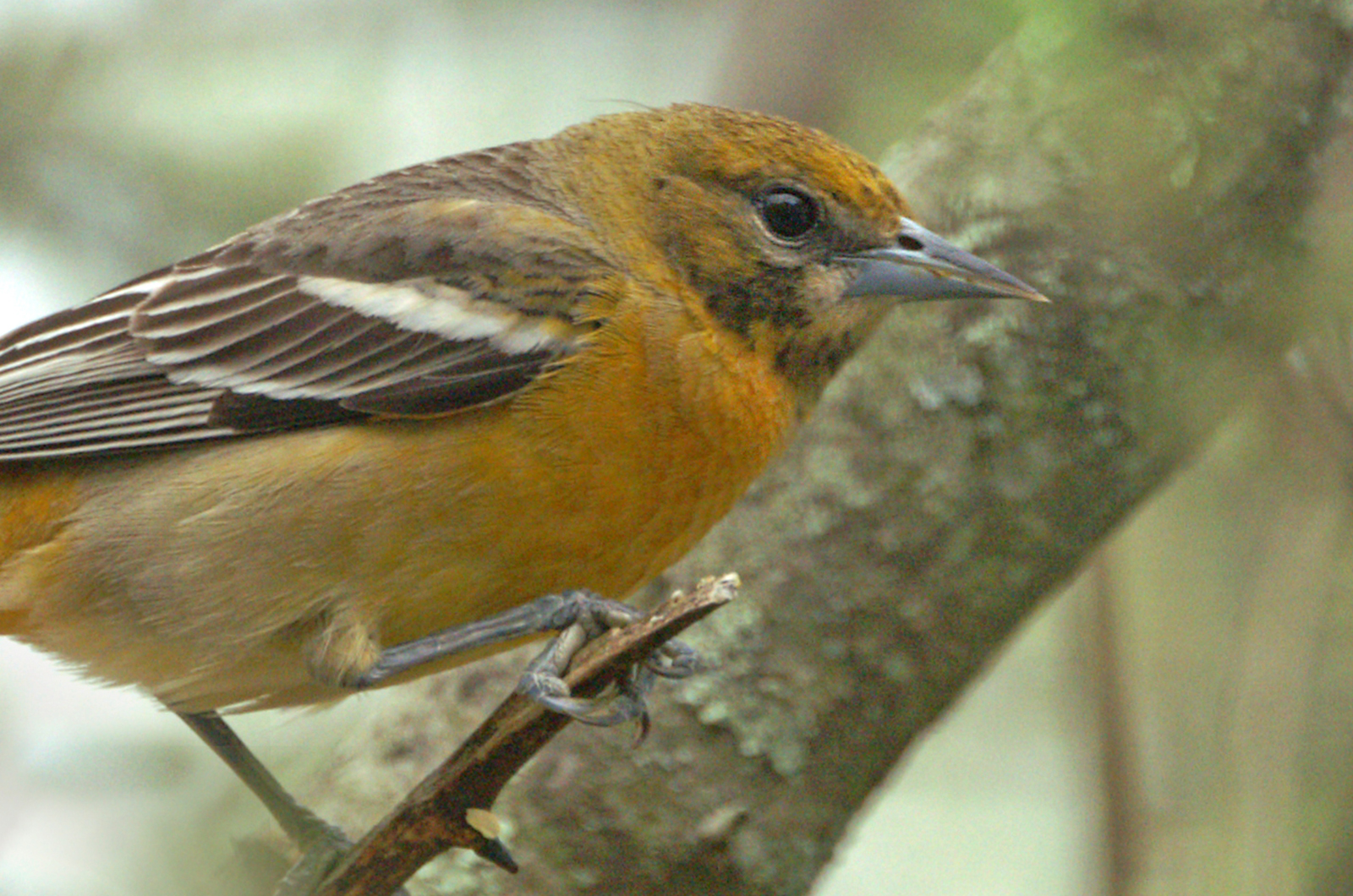
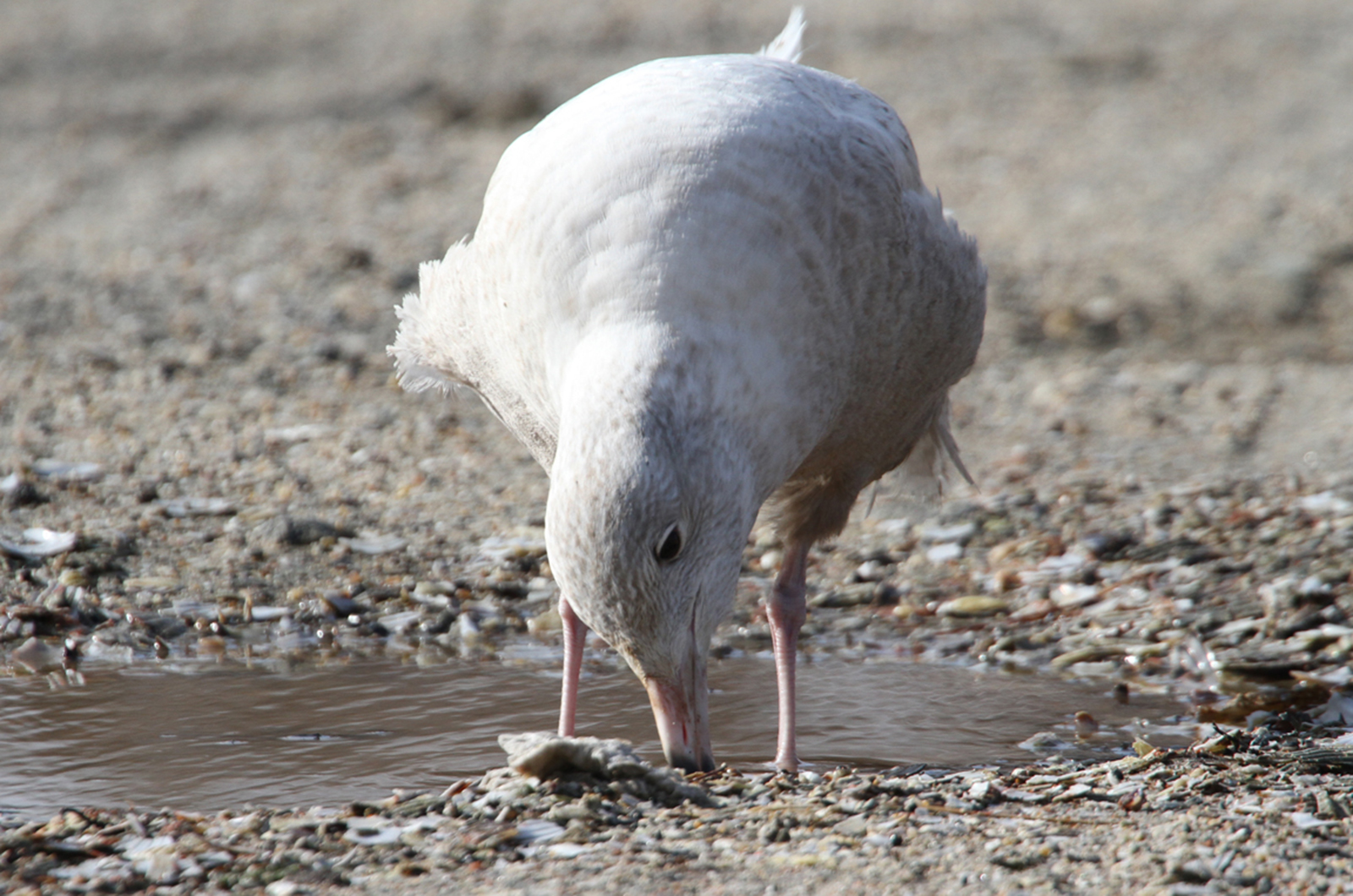
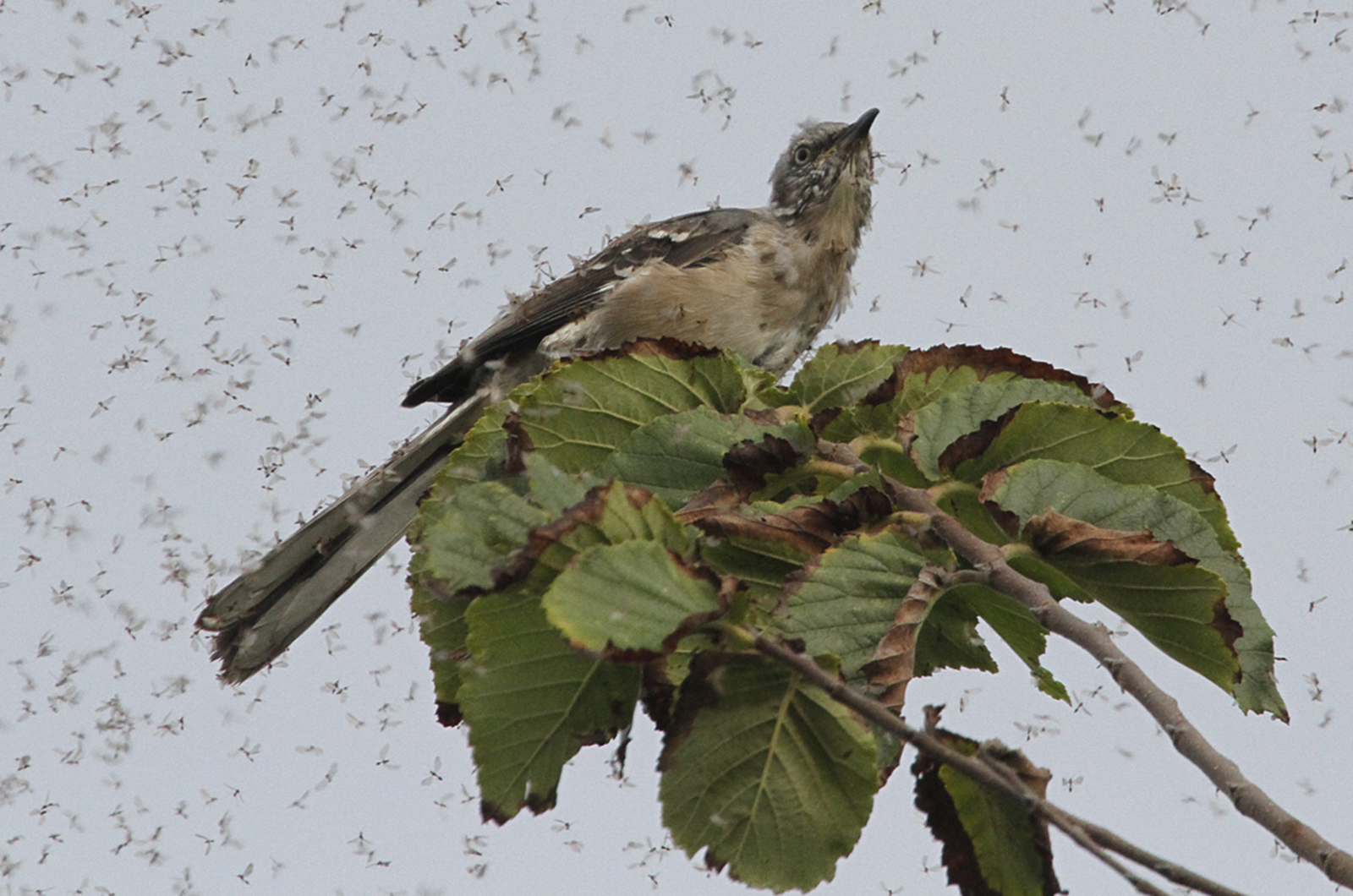
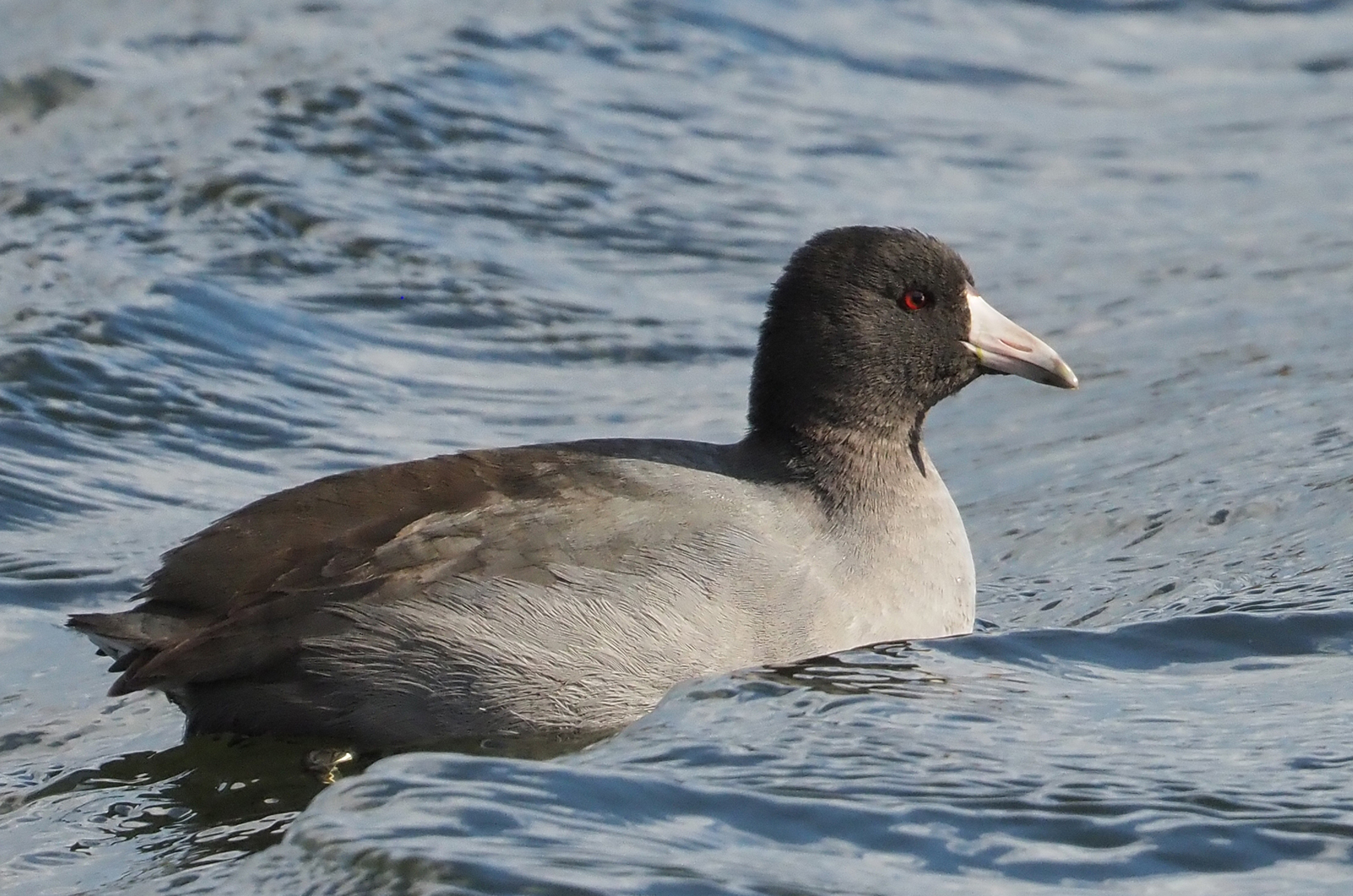
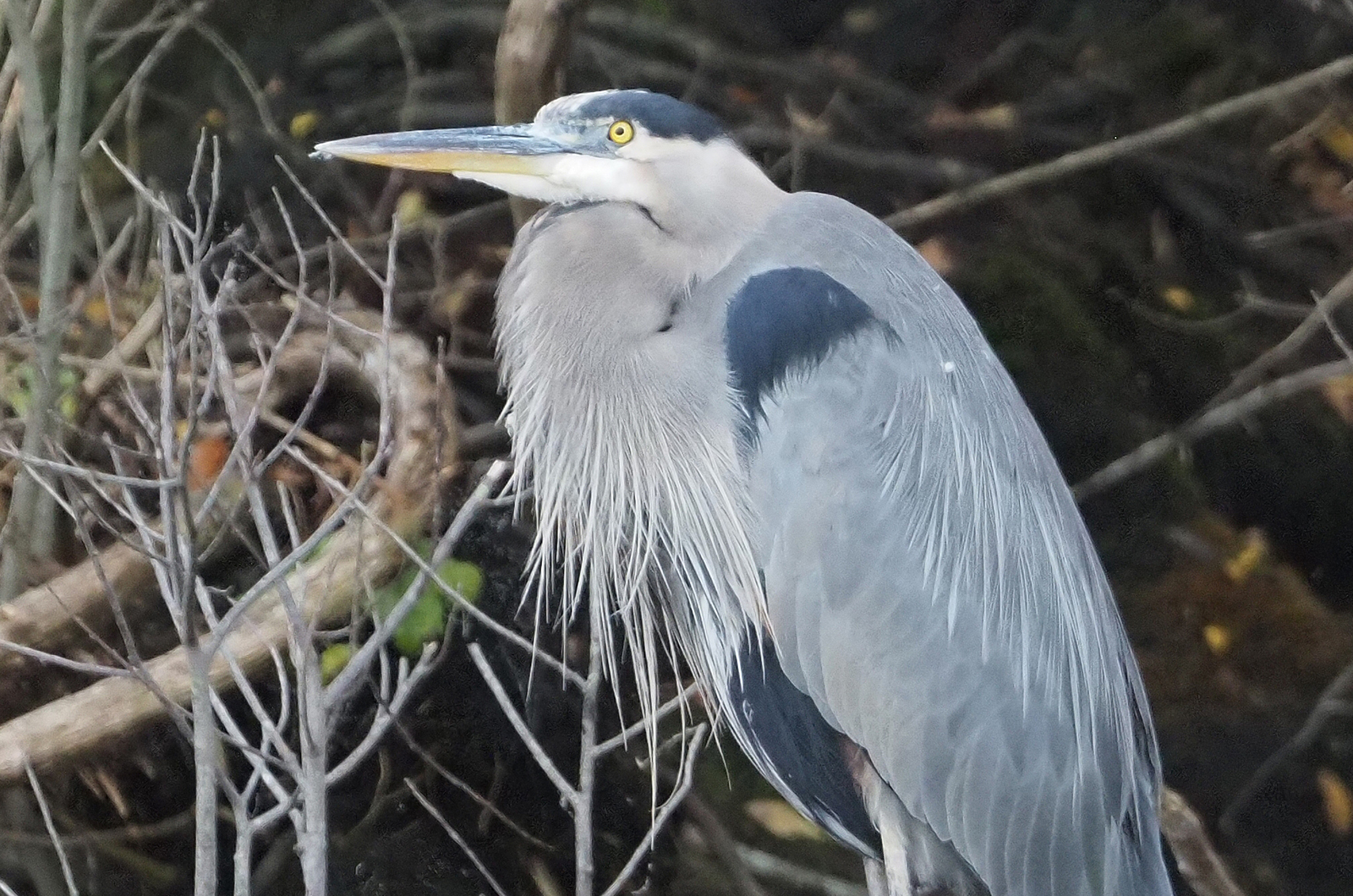





Comments
Comment policy »